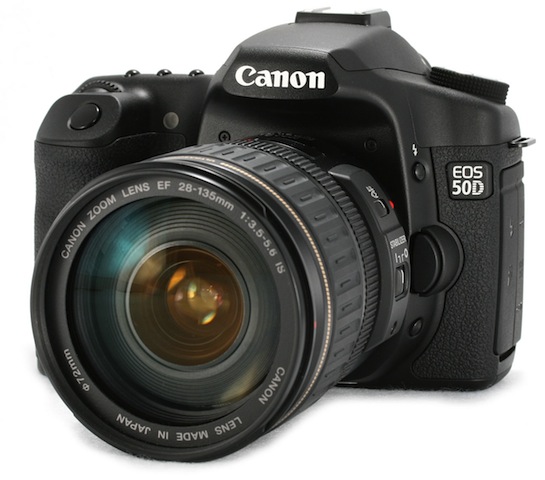the Photog Insider
Digital SLR Faceoff!
Kodak
The Kodak EasyShare Touch M5370 is aimed at fans of social media, seeking an affordable digital camera that lets them share their photos quickly and with a minimum of fuss. With a 3.0-inch touch-screen panel, the M5370 will also appeal to those who prefer a simple, no-fuss interface, and a minimum of physical controls. (The panel has a total resolution of ~76,000 pixels, with each pixel comprised of separate red, green and blue dots, for a total dot count of ~230,000.)
At the heart of the Kodak M5370 sits a high-resolution 1/2.3-inch type CCD image sensor with an effective resolution of 16.1 megapixels. As you might expect, given the sensor type and high pixel density, the M5370's maximum sensitivity is somewhat more limited than in many competing models, especially those with backside-illuminated CMOS imagers, and lower pixel counts. Still, the upper limit of ISO 1,600 equivalent is not uncommon at the entry level, and will likely suffice for many photographers. At the lower end of the range, the base sensitivity is ISO 64 equivalent.
Canon
This DSLR caters to astronomers and hobbyists who enjoy capturing the beauty of the night sky by offering a modified infrared filter and a low-noise sensor with heightened hydrogen-alpha sensitivity. These modifications allow the camera to capture magnificent photographs of “red hydrogen emission” nebulae and other cosmic phenomena.
“The EOS 60Da is a testament to the constant desire to meet the needs of every customer, including those in specialized fields,” said Yuichi Ishizuka, executive vice president and general manager, Imaging Technologies & Communications Group, Canon U.S.A., “This new camera enables an accurate depiction of a part of our solar system which is hard to achieve with conventional cameras but should be enjoyed and celebrated.”
Nikon
Nikon has been cranking out new digital SLR camera upgrades like crazy these last two years, with the low, high, and pro end of the lineup getting update after update, but the mid-level SLR in particular has gone more than 18 months without an upgrade. While the Nikon D80 has a rich feature-set and maintained a high resale value throughout its tenure, it's due for an upgrade.
Though it's late to the party, the Nikon D90 arrives fashionably, just as its predecessor did in late 2006. It comes sauntering in with most of the current hot features that the D80 lacked, plus a new twist that will bowl them all over with its relevance and utility.
With a 12.3-megapixel sensor, the Nikon D90 rises to the resolution of the more professional D300. It also shares the same sensitivity as the D300, ranging from ISO 200 to 3,200, plus L1 (100) and H1 (6,400).
Pentax
Though the Pentax 645D is a very large camera, it's not quite as heavy as you'd expect, and it's surprisingly comfortable to hold and use. Body-only the 645D weighs 2.15 pounds (34.5 ounces; 977g). It's hefty, but the weight is well distributed, and the grip is just right for comfortable carry. Now, I don't recommend you take it to an amusement park for snapshots, nor wear it around your neck for a casual stroll. Its $10,000 price tag warrants that you treat it more like a Katana sword, leaving the Pentax 645D in its case until you're ready to use it.
Looking at the Pentax 645D from the upper right, you can see it's no ordinary SLR. Buttons are aligned on the left of the prism housing, and there's a vertical tripod mount on the left of the camera. You don't want to be hanging this two-pound camera sideways on a ball head, to be sure, and you also don't want to have to buy an L-bracket, so Pentax built it right in.
Do you really need an SLR?
The term digital SLR is short for digital single lens reflex, so named because these types of cameras use a mirror positioned behind the camera lens to direct light toward the viewfinderIn photography, a viewfinder is what the photographer looks through to compose, and in many cases to focus, the picture. Most viewfinders are separate, and suffer parallax, while the single-lens reflex camera lets the viewfinder use the main optical system. when you're composing a photo. When you release the shutter, the mirror swings quickly out of the way, letting light from the lens travel straight to the sensor and momentarily blacking out the viewfinder. The viewfinder in an SLR incorporates a prism--usually a pentaprism--that flips the incoming image around so that you can see it right side up and bounces it onto the focusing screen where you see it.
The SLR design allows one camera to accommodate a very wide range of lens focal lengths, and that's the biggest reason that SLRs dominate serious photography. The explanation? With a non-SLR camera, you have to match the angle of view of the "taking" lens with that of the "viewing" lens. That's easy with a fixed lens or a short-range zoom, but it requires increasingly complex and expensive viewfinder mechanisms as you try to cover a wider range of focal lengthsIn most photography and all telescopy, where the subject is essentially infinitely far away.. With an SLR, you avoid this problem because the taking and viewing lens are one and the same.
Most dSLR models beyond entry-level models incorporate a Live View mode, which allows the photographer to use the LCD to compose shots the same way they can with a snapshot camera. The most basic implementations generally lock up the mirror, with the prism diverting the image to a small sensor that feeds through to the LCD rather than to the capture sensor. This does tend to hurt performance, however. Early versions required that you focus manually when in Live View mode, but current models use contrast autofocus.
Copyright the Photog Studio, 2012



